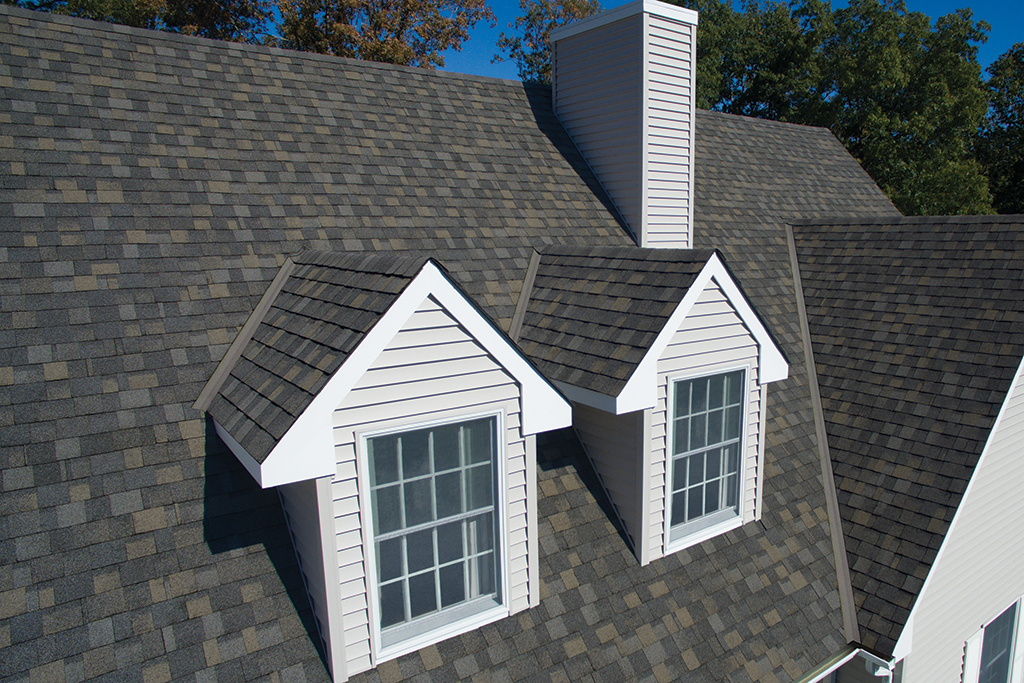
Except as a protector, the roof of a house is like a “crown”. It is part of the overall aesthetic of the architectural design.
The roof is one of the most critical parts of a house, there are a lot of things to consider before deciding to choose and install a roof on a building or a house. Here are a few things you need to know about rooftops and all the details.
What is a roof?
The roof is a covering of a building that serves to protect everything it contains from rain, snow or other natural phenomena. Besides being a protector, the roof is also present as the “crown” of a house, which can increase the aesthetic value of the building.
To choose and install a roof correctly, several elements must be taken into account, such as:
• The roof construction must be strong with its own weight and resist pressure and wind.
• The choice of roof shape should be appropriate for the design of the building and the interior of the house.
• The roof must be provided with a protective layer so that it is not easily powdered or attacked by termites.
• The roofing material must be weather resistant.
• The slope of the roof must be suitable for the type of coating material.
• The roof must conform perfectly to the shape of the building and be installed at an appropriate slope.
Roof function in houses and buildings
Basically, this area of the house has a lot of useful features, including:
• Protect the space below
• Resistant to excessive thermal radiation
• Reduce the impact of rain showers
• Prevents the movement of wind which normally carries dust
Due to the many functions of the roof, this part of the building plays a very crucial role. This is why there are many things to consider before a potential homeowner chooses a roofing material.
Some parts of the roof and the explanation
The roof has many parts with their respective functions. Here are some parts of the roof that you should understand:
Shingles
Shingles are flat, rectangular roof coverings. It is installed at the top once the bridge is in place. Shingles are made from a variety of materials, including slab, slate, plastic, wood, metal, and other composite materials. Apart from that, solar shingles are also all the rage now. It is used to prevent water from entering the roof.
Crete
Ridge is a horizontal timber or metal that sits on top of the roof creating a triangular roof. It is the highest peak of the roof. To fulfill its function, the ridge is connected with rafters and a frame to form the roof frame of the building.
Valley
Valley connects two sloping roofs and forms a 90 degree angle. This section acts as a gutter, allowing water or small debris to fall and drip off the roof. Basically the valley will collect the water that will fall from the roof.
Eave
The eaves are the lowest point of the projecting roof. The presence of an eave serves as a protection so that the walls are not stained by water dripping from the roof.
Cove
The soffit complements the roof which is functional and can also add aesthetic value. The part that is between the wall and the roof of the eaves. It is also used to hide beams and ceiling trusses. Soffit can also protect rafters from moisture and mold.
Rake
The rake is the sloping side that sits at the end of the saddle-shaped roof. This section can be flat or suspended. The hanging rake is left open or can be closed with a fascia or soffit. It can also be adapted to the aesthetic needs of the roof.
Roofing materials and commonly used materials
There are several materials commonly used as roofing materials. Some of these materials are:
Tile
Tile roofs are made of pressurized clay and burnt at high temperature. This unique roof material is very familiar to use. Why is this known? Because it has a low price, is a simple installation method, and is relatively durable. The tile system also uses the locking method.
Ceramic
Just like tiled roofs, ceramic roofs or so-called ceramic tile roofs are also made of clay. The difference is that ceramic roofs have a layer of enamel and can reflect heat. In addition, this roof also absorbs less water. This is why ceramic roofs are often more expensive.
Rumbia
This roof is widely used in traditional Indonesian houses. Rumbia is made from the leaves of the palm tree. Unfortunately, thatched roofs are often easily damaged and leak.
Palm fiber
Besides thatched roofs, palm fiber roofs are often used for traditional houses in Indonesia, especially temples in Bali. Made from palm fronds, this roof is short-lived and prone to leaks.
